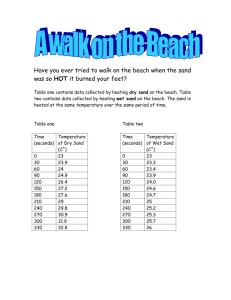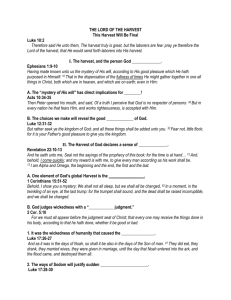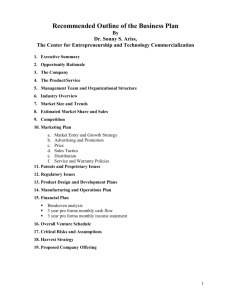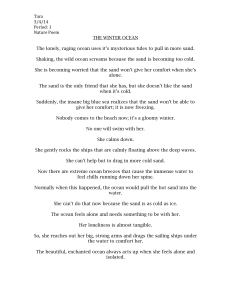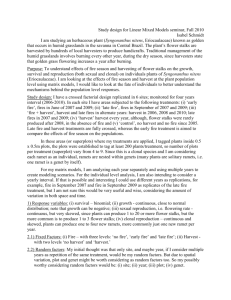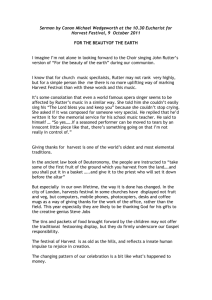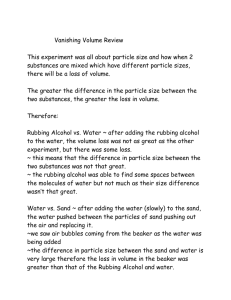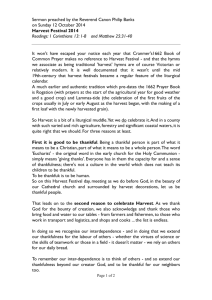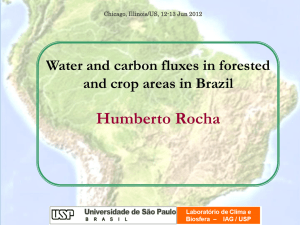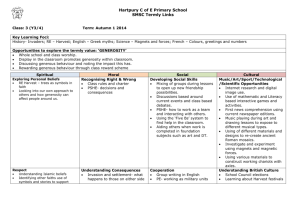Technologies used in post harvest handling and storage of
advertisement
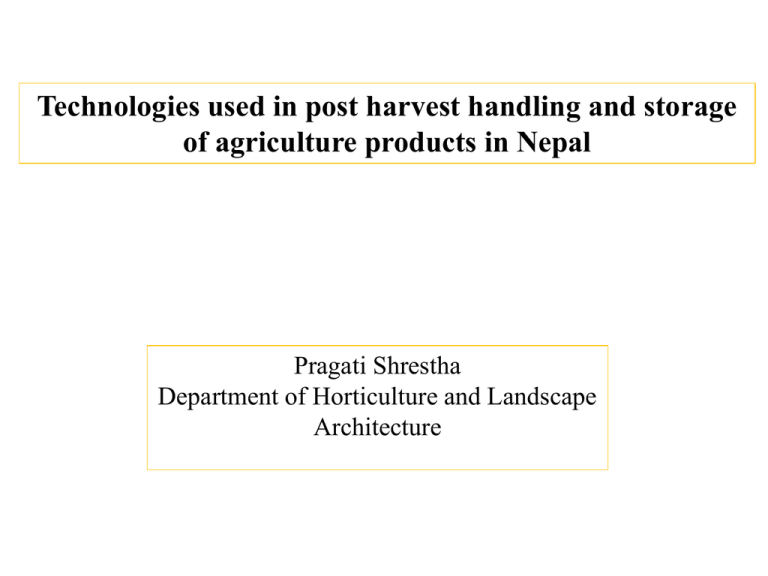
Technologies used in post harvest handling and storage of agriculture products in Nepal Pragati Shrestha Department of Horticulture and Landscape Architecture Outline •Background •Limitations of post harvest technologies •Prevailing postharvest handling and storage techniques •Conclusion Nepal Area- 147,181 sq. km -56,827 sq. miles Three Ecological Zones High Hills (> 5000 amsl)- 35% Mid Hills (300- 5000 amsl)- 42% Plain/Terai (60-300 amsl)- 23% Background •Agriculture contributes 36% of national GDP • Horticultural crops account for 14 % of the total value of the agricultural GDP • Approx. 1,799,973 Mt of vegetable crops are produced from 165,988 ha of land • Horticulture produce highly perishable (15-35% losses at diff. stages) •Commercializing in fruits and vegetables but still lacks consistency Current Status of Post Harvest Management Hand picking Grading Packing Marketing Storage Constraints/ issues of Post harvest Losses • Limited level of production • Small land holdings •Small, scattered, remotely located production pockets with limited access to market centers •Poor post harvest management •Lack of sustainable technologies which result in high cost •Poor physical facilitates •Topography •Inadequate modern technologies and skills Lower cost small scale storage facilities 1. Improved Cellar Storage • 3 sides enclosed by hill • outer and inner wall thickness 30 cm each •Space between wall filled with sand up to 2m height • generally 3 x 3x 3 m3 • a perforated pipe 2.5-5 cm diameter is laid over sand • 1m x 2m door • Bottom door 30 cm x 100 cm covered with wire mesh for fresh air circulation • two ventilators to circulate air • roof maintained 30 -60 cm mud to protect from direct sunlight Features - Warehouse constructed from locally available materials such as stone, mud and sand - Temperature inside maintained between 4 - 9 0C (40 – 50 0 F) - Humidity between 75 - 90 % - Generally used for apples, mandarins, oranges and sweet oranges -reported up to 120 days of mandarin storage without any quality deterioration and with 11 % storage loss (DOA, 2004) 2. Zero energy storage structure Features -No energy requirement -Based on principle of evaporative cooling -Made up of brick and sand -Rectangular shape with 75 cm x 50cm x 75 cm -Outer and inner wall separated and filled with sand -Sand frequently watered to maintain the temperature 7 -10 0 C (44.6 – 50 0 F) -Covered by bamboo frame and overlaid by jute matrix which is sprinkled by water to keep moistened -Jute matrix can be further covered to protect from sunlight - reported up to 22 days of mandarin storage without any quality deterioration (NARC, 1997) Conclusion •Early stage of commercialization •Need proper postharvest management, adoption of standards, selection of appropriate varieties for competitiveness THANK YOU




